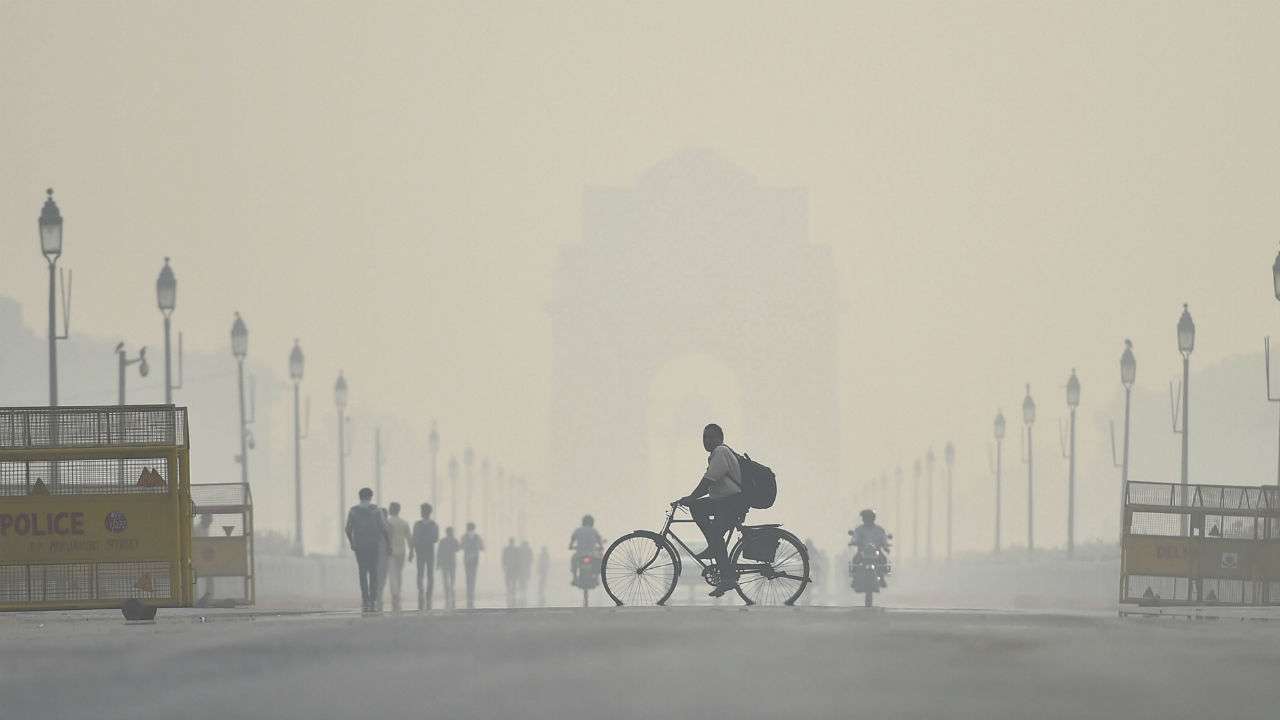
SC calls chief secretaries of Punjab, Haryana, UP, Delhi over pollution

The Supreme Court Friday (November 15) summoned chief secretaries of Punjab, Haryana, Uttar Pradesh and Delhi to know about steps taken by them to reduce air pollution in Delhi-NCR.
A bench of justices Arun Mishra and Deepak Gupta said effective steps must be taken and 13 pollution hotspots in Delhi should be cleared of pollutants.
The apex court questioned the Delhi government over granting exemptions, including to 2-and-3 wheelers, during its odd-even scheme and said that pollution level in Delhi is increasing in spite of the vehicle rotation scheme being in force.
It also expressed concern that despite reduction in stubble burning, pollution levels in Delhi are worse. The Delhi government told the top court that its odd-even scheme has helped in reducing pollution and the “real culprit” behind the regions pollution is stubble burning. The Centre also told the bench that it is examining feasibility of putting up smog towers to reduce pollution in Delhi
Air quality remains severe for fourth consecutive day
A drop in wind speed left Delhi to suffer in the severe category of air quality for the fourth consecutive day on Friday (November 15). All schools remained closed due to high pollution.
A thick layer of toxic smog engulfed the national capital due to stagnation of pollutants in the air and slowing down of dispersion, authorities said.
At 10 am, the air quality index (AQI) in Delhi stood at 467, while all the monitoring stations recorded severe air quality, according to the Central Pollution Control Board (CPCB). Levels of PM 2.5 and PM 10 were nearly eight times higher than normal at various locations.
In the National Capital Region, Faridabad, Ghaziabad, Greater Noida and Gurgaon too recorded severe air quality. Ghaziabad recorded the highest pollution level at 480, remaining points away from going off charts, the CPCB data showed. An AQI between 201 and 300 is considered poor, 301-400 very poor and 401-500 severe.
Meanwhile, the Ministry of Earth Sciences air quality monitor, SAFAR, said flushing of pollutants was almost insignificant due to stagnation and very low mixing height.
Scattered rainfall is expected over Punjab due to the western disturbance. It is likely to lead to very low stubble burning incidents over the next two days. “Also, transport-level wind direction is not favourable for the intrusion. Hence, stubble contribution is estimated to reduce significantly by tomorrow to around 5 per cent,” said SAFAR.
However, an increase in wind speed is forecasted by Saturday and it will likely to slightly improve the air quality, but it will still remain in the very poor category. “Further improvement is expected by Sunday,” it said.


